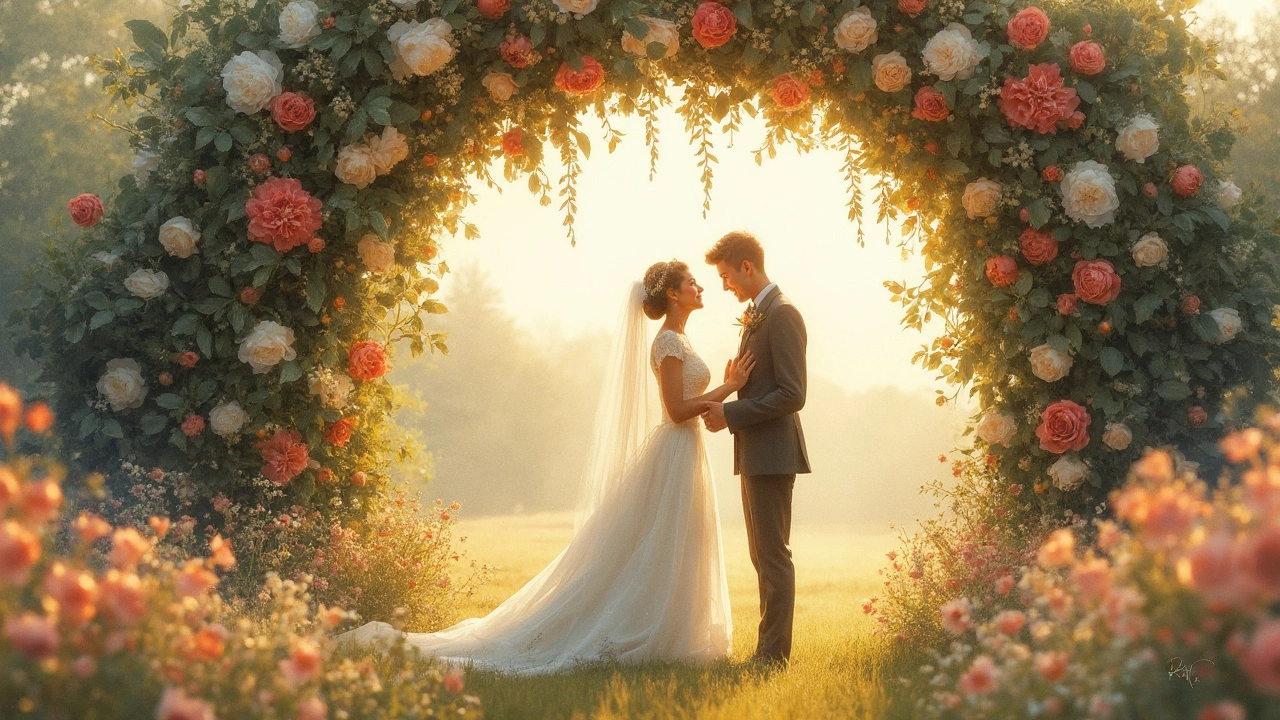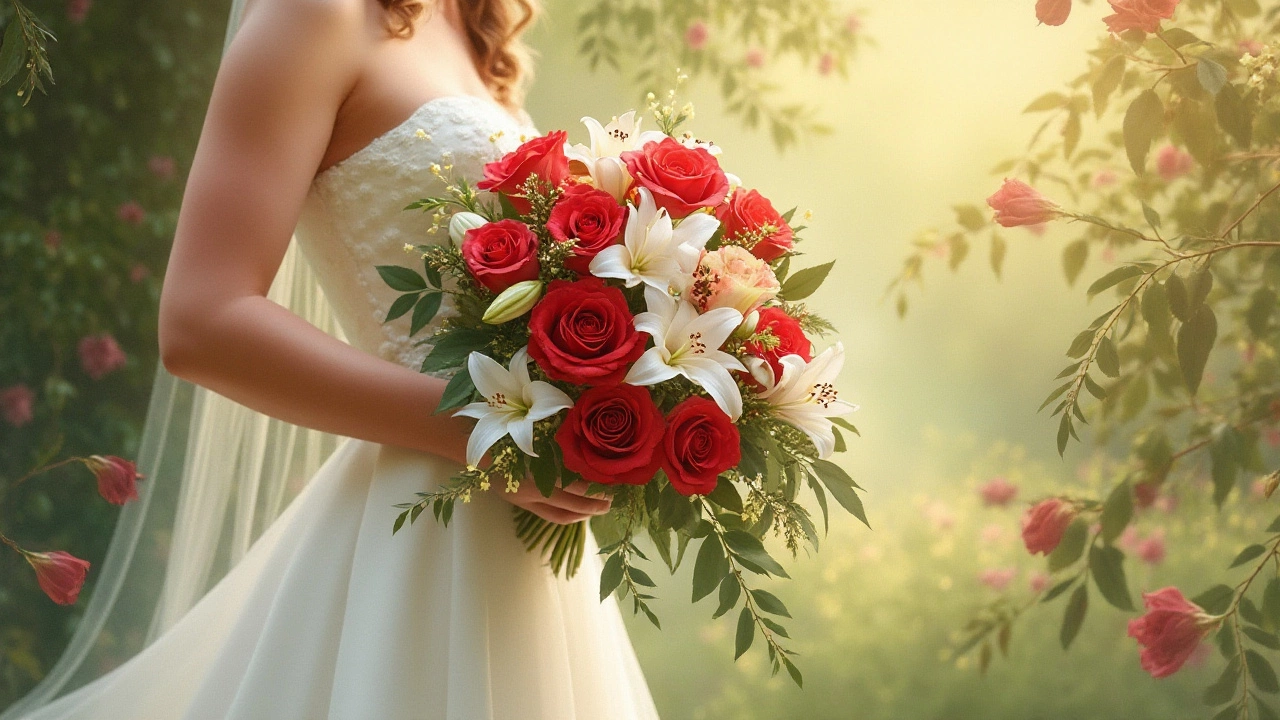Wedding Symbolism: What Every Tradition Really Means
Planning a wedding means juggling dresses, venues, and budgets, but the little symbols that pepper the day are what give it soul. Ever wonder why brides carry bouquets, why the ring exchange feels so solemn, or why the invitation card has that mysterious "M"? Let’s break down the most common symbols and see how you can make them work for you.
Common Symbols and What They Represent
Bridal bouquet – The tradition dates back to ancient times when flowers were thought to ward off evil spirits. Today, picking a bouquet that reflects your personality—whether it’s a wild garden mix or a classic rose cascade—adds a personal storytelling layer. Choose blooms that match your theme, and you’ll have a visual cue that says, "This is me."
Wedding rings – The circle has no beginning or end, symbolising eternity. In many cultures the groom gives the ring first, but modern couples often flip the order to spotlight equality. Whatever sequence you pick, tell your guests why it matters to you; a quick explanation during the ceremony turns a simple gesture into a memorable moment.
Save‑the‑date cards – Originally a practical way to lock in hotel rooms, they now signal that the day is important enough to plan ahead. Use a photo that captures your vibe and a brief line about why you’re excited. It’s an early invitation to join your story.
Invitation "M" on RSVP cards – The mysterious "M" stands for "Monsieur" in French, indicating a male guest. Knowing this helps you avoid awkward mistakes when addressing responses. It’s a tiny detail that shows you respect tradition while staying organized.
Wedding car décor – Decorating the couple’s ride is a nod to the journey ahead. From ribbons to floral garlands, the car becomes a moving piece of the celebration. Pick colors that echo your palette, and you’ll create a cohesive visual thread from the ceremony to the reception.
Modern Takes on Classic Wedding Symbols
Today's weddings blend old and new. For example, you might swap a heavy silk veil for a lightweight, embroidered shawl that still drapes like a veil but feels fresh. Or replace a glossy invitation with a matte finish for a tactile, modern look—matte cards absorb light and feel luxurious without the shine.
When it comes to the bouquet, consider adding a non‑flower element like a sprig of rosemary or a piece of heirloom jewelry. It keeps the symbolism (freshness, memory, love) but adds a personal twist. Guests will notice the detail and ask about it, giving you a chance to share a story.
Many couples now personalize the ring exchange script. Instead of the classic "I give you this ring," you might say, "With this ring, I promise to support your dreams as we grow together." The words reinforce the symbol’s meaning and make the moment uniquely yours.
If you want the car decoration to be low‑key, use simple rope and a single flower tied to the back bumper. It nods to tradition without overwhelming the visual flow of your wedding photos.
Finally, think about how each symbol fits into your overall timeline. A well‑timed save‑the‑date, a clear RSVP process, and a thoughtful ring ceremony keep the day moving smoothly. When symbols are purposeful, they enhance the flow rather than distract.
Bottom line: every tradition started for a reason—whether it’s protection, unity, or celebration. By understanding the meaning behind each symbol, you can decide which ones deserve a spot in your wedding and how to adapt them to fit your style. Use these insights, add your personal spin, and watch the symbols turn your big day into a story that feels authentic and unforgettable.

- May, 29 2025
- Comments 0
Wedding Flowers Symbolism: What Do They Really Mean?

- Feb, 2 2025
- Comments 0